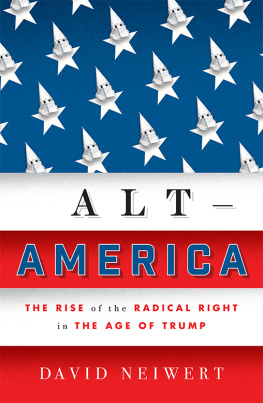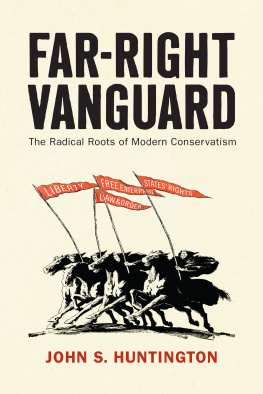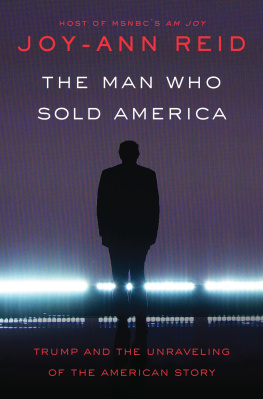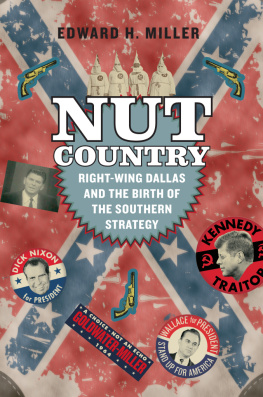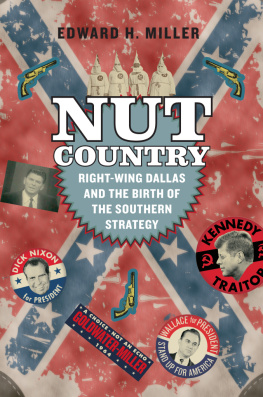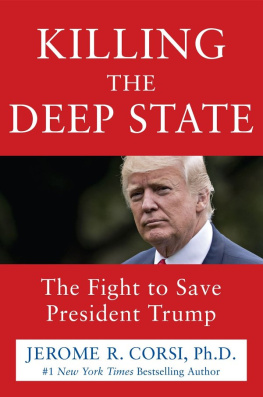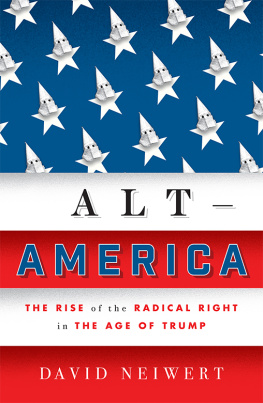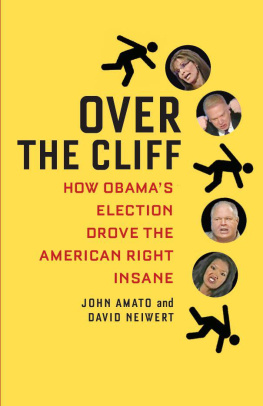T he day after Donald Trump announced his campaign for the presidency, Dylann Roof walked into a Charleston, South Carolina, church with a gun and killed nine black people because they were black.
It was purely a coincidence that one act followed the other, hundreds of miles apart: Roof apparently knew little about Trump and was not known to be a Trump follower. Trump had never met nor had any interaction with Roof.
Yet the two acts were inextricably connectedby the events and acts that had preceded them, and by those that followed in the ensuing weeks and months. Most of all, both acts signaled, in different ways, a deep change in the American cultural and political landscape.
The American radical rightthe violent, paranoid, racist, hateful radical rightwas back with a vengeance. Actually, it had never really gone away. And now it had a presidential candidate.
Hopefully, hes going to sit there and say, When I become elected president, what were going to do is were going to make the border a vacation spot, its going to cost you twenty-five dollars for a permit, and then you get fifty dollars for every confirmed kill. Thatd be one nice thing.
Supporter of Donald Trump, interviewed in the New York Times
This robocall goes out to all millennials and others who are honest in all their dealings The white race is being replaced by other peoples in America and in all white countries. Donald Trump stands strong as a nationalist.
William White (a white nationalist), pro-Trump robocall to Massachusetts voters
The march to victory will not be won by Donald Trump in 2016, but this could be the steppingstone we need to then radicalize millions of White working and middle class families to the call to truly begin a struggle for Faith, family and folk.
Matthew Heimbach, cofounder of the neo-Nazi Traditionalist Youth Network, at organizations website
Get all of these monkeys the hell out of our countrynow! Heil Donald TrumpTHE ULTIMATE SAVIOR.
Tweet from the Daily Stormer, a neo-Nazi website
Donald Trump was right, all these illegals need to be deported.
White man in Boston who with another man beat a homeless Latino to within an inch of his life with a metal pole and then urinated on him
People who are following me are very passionate. They love this country and they want this country to be great again. They are passionate.
Donald Trump, when asked about the Boston hate crime
Most Americans surveying the wreckage of the American political landscape in the aftermath of the 2016 presidential election are startled by the ugliness and violence that have crept into the nations electoral politics. And they can recognize its source: the sudden appearance of the racist far right as players.
Almost as blindingly as Donald Trump appeared on the scene, so did an array of white nationalists and supremacists, conspiracy theorists and xenophobes, even Klansmen and skinheads and other violent radicals, who for decades had been relegated to the fringe of right-wing politics. Hadnt they gone extinct?
Most Americans did not realize that, far from going extinct, these groups had been growing and flourishing in recent years, fed by the rivulets of hate mongering and disinformation-fueled propaganda flowing out of right-wing media for at least a decade and the hospitable dark environment provided by a virtual blackout in mainstream media concerning the growth of right-wing extremism.
These tendencies dated back to the Bill Clinton administration, when the radical right first began to try to mainstream itself as a patriot and militia movement, but was derailed largely by the violent terrorism that the movement also brewed up. Simultaneously, right-wing media began appearing as a new propaganda type that openly eschewed the journalistic standards of mainstream news organizations: in a classic use of Newspeak, they declared themselves fair and balanced.
The organizational drive of the new Patriot movement largely went into a hiatus in the early part of the new century, during the conservative Republican administration of George W. Bush, but the extremism that originally fueled the movement in the 1990s remained very much alive. On the far right the conspiracist element found fresh life in the aftermath of the terrorist attacks of September 11, 2001, which produced an entire cottage industry devoted to proving that the attacks were part of a plot by the New World Order. Simultaneously, the mainstream rhetoric on the right became vociferous during the Iraq War, when any criticism of Bush and his administrations conduct of the war was denounced nastily as treason, and liberals were sneered at as soft on terror.
This suffused extremism came roaring back to life with the nomination of Barack Obama as the Democratic Partys candidate for the presidency in 2008, and then his election, which sparked a virulent counterreaction on the radical right. The idea of a black man, let alone a liberal one, as president made them recoil in visceral disgust. The mainstream, business-establishment rightafter years of right-wing-media conditioning during both the Clinton and Bush yearsapparently could no longer abide the idea of shared rule with a liberal president and set out to delegitimize him by any means possible. And it was in that shared hatred that the extremist and mainstream right finally cemented their growing alliance.
This alliance found form in the Tea Party, which was widely celebrated as a grassroots conservative phenomenon that sprang to life in 2009, in the wake of Obamas election. It was generally portrayed (following members self-descriptions) as attached to the conservative ideal of small government, expressed as limited spending and taxes. In reality, however, their founding organizations were explicitly focused on opposing Obama and every aspect of his presidency. In the ensuing years, politicians and pundits inside the Beltway assumed that this was the Tea Partys raison dtre.
But it was more. In the rural and red-voting suburban districts where the Tea Party organized itself on the ground, it became the living embodiment of right-wing populism.

